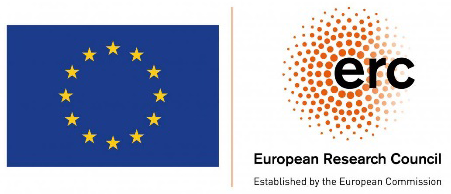
Webinar cycle in Hydrogeology and geochemistry
HYDROGEOLOGY GROUP (Associated Unit CSIC-UPC, Barcelona)
Date: Thursday, 29 April 2021
Starting time: 12:15pm (Central European Time)
Duration: 1h
Guest Speaker: Dario Sciandra, PhD Student
Title: CO2 long-term periodic injection experiment (CO2LPIE) at the Mont-Terri laboratory: coupled hydromechanical modelling
live in: https://meet.google.com/snb-qdkn-eex (free of charge)
Abstract:
CO2 Long-term Periodic Injection Experiment (CO2LPIE) is planned to be carried out in Opalinus Clay at the Mont Terri rock laboratory, canton Jura in Switzerland. The experiment aims at investigating the sealing capacity of the formation as a representative caprock for geologic carbon storage. The laboratory is at a depth of over 200 m and has been used as a field research environment to study the behavior of argillaceous rocks for more than 20 years in the context of more than 130 projects. With the new expansion, started in 2018, 10 new experiments are planned, one of which will be CO2LPIE. We performed several hydro-mechanical numerical simulations to assist the design process of CO2LPIE. In this presentation, I will explain these simulations and the gained insights into the hydro-mechanical processes raised by CO2 injection. The
numerical model becomes complicated by the presence of bedding planes in Opalinus Clay. We assume Young’s moduli parallel and perpendicular to the bedding planes of 1.7 GPa and 2.1 GPa, respectively, and permeabilities parallel and perpendicular to the bedding planes of 2.4·10-20 m2 and 0.8·10-20 m2, respectively, all obtained from laboratory experiments. The orientation of the bedding planes is supposed to be of 45° dip. The injected fluid (i.e. CO2) imposes on the undisturbed rock a mean overpressure of 1 MPa that fluctuates with an amplitude and a period. While the period is fixed for all simulations at day (≈1.57 d), we investigate the effect of varying amplitudes.
Webinars will be recorded and made available one day after the talks in www.h2ogeo.upc.edu

